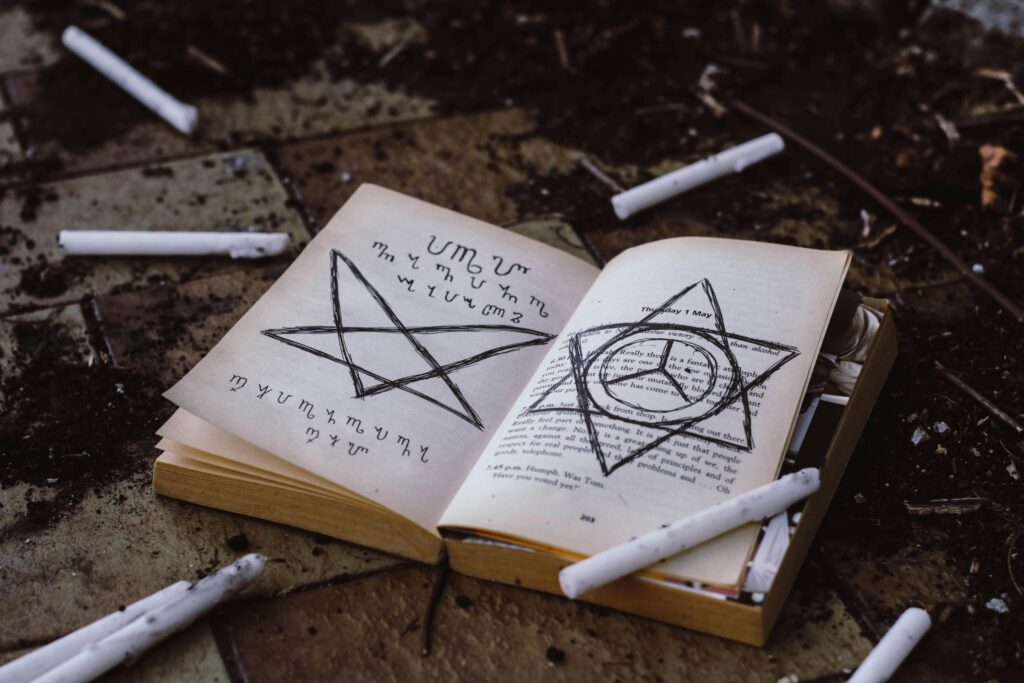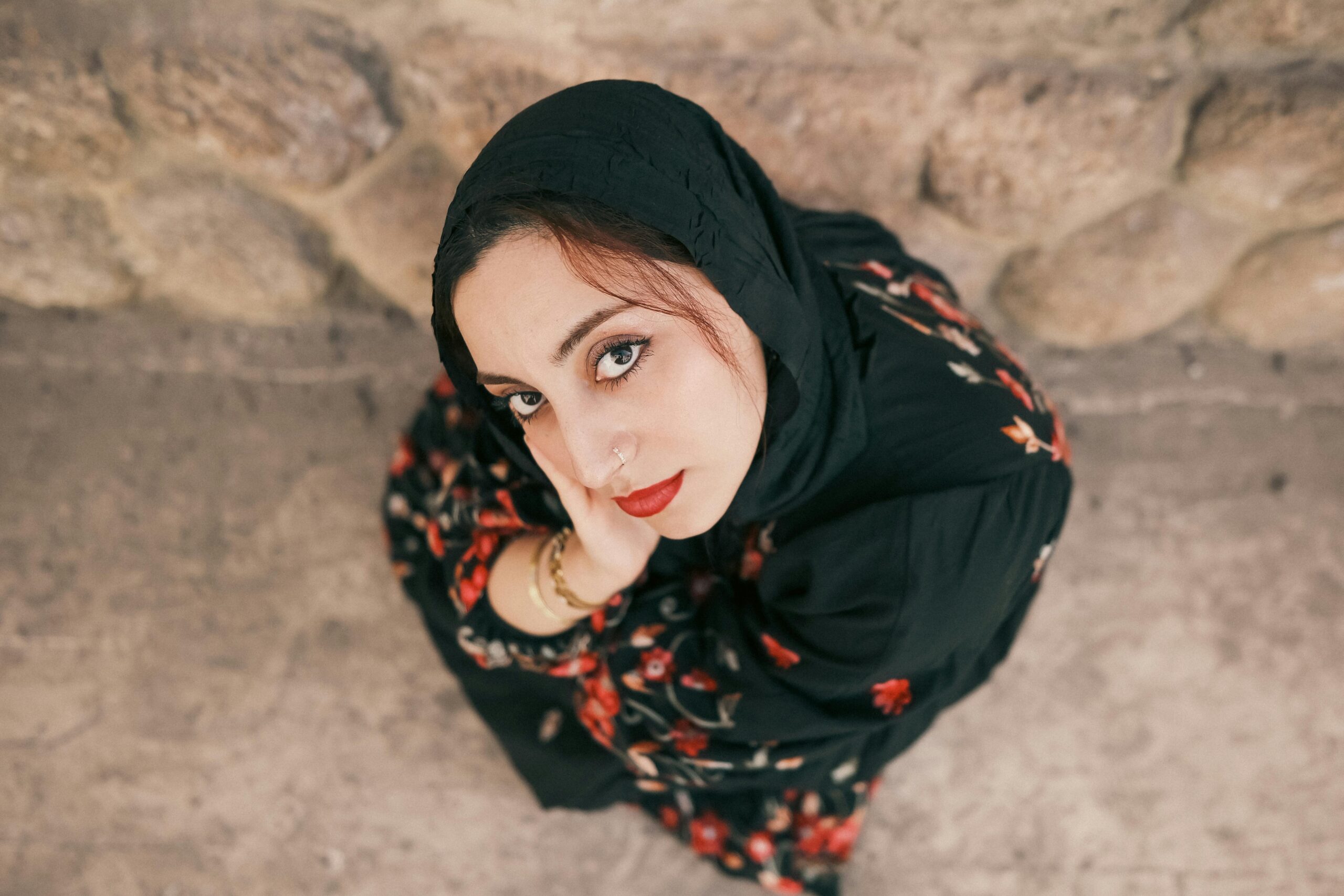In the tapestry of medieval history, the threads of magic and mysticism are intricately woven, creating a rich and complex narrative that spans centuries. From the heights of power to the depths of persecution, the stories of witches, wise women, and practitioners of the arcane illuminate the darker corners of the Middle Ages, shedding light on humanity’s enduring fascination with the supernatural.
At the heart of this narrative lie the witch trials, a dark chapter in medieval history that saw countless individuals accused of practicing witchcraft and subjected to brutal interrogations, trials, and executions. The hysteria surrounding witchcraft reached its peak in the 16th and 17th centuries, fueled by religious fervor, political intrigue, and social upheaval. In the face of widespread fear and suspicion, accusations of witchcraft became a powerful tool for settling scores, silencing dissent, and maintaining social order.
Yet, amid the darkness, there were also those who sought to harness the power of magic for healing, divination, and spiritual enlightenment. These wise women, often skilled herbalists, midwives, and practitioners of folk magic, served as healers and advisors in their communities, offering remedies for physical ailments, guidance in matters of the heart, and protection from malevolent forces. While their practices may have been viewed with suspicion by the authorities, they provided a vital lifeline for those in need, offering solace and support in a world fraught with uncertainty.
The dichotomy between the persecution of witches and the reverence for wise women speaks to the complex relationship between magic and society in the Middle Ages. While witchcraft was demonized as a threat to the established order, wise women were often revered for their knowledge and abilities, serving as pillars of strength and wisdom in their communities. This tension between fear and fascination, persecution and reverence, highlights the enduring allure of magic and mysticism throughout history.
Beyond the realm of witch trials and wise women, the Middle Ages were also a time of profound intellectual and spiritual exploration, with scholars, mystics, and alchemists seeking to unlock the secrets of the universe through esoteric knowledge and mystical practices. From the alchemical laboratories of medieval Europe to the mystical traditions of the Islamic world, the pursuit of hidden wisdom was a driving force behind many of the era’s most influential thinkers and visionaries.
One such figure was Hildegard of Bingen, a 12th-century mystic, composer, and theologian whose writings on theology, natural history, and medicine continue to inspire scholars and seekers alike. Hildegard’s mystical visions and spiritual insights offered a glimpse into the divine mysteries of the universe, challenging conventional notions of authority and dogma while advocating for a more holistic approach to healing and spiritual growth.
In the modern era, the legacy of magic and mysticism in the Middle Ages continues to captivate the imagination, inspiring artists, writers, and scholars to explore the intersection of the mundane and the supernatural. From the pages of fantasy novels to the silver screen, the imagery of medieval witchcraft and wizardry serves as a potent symbol of humanity’s eternal quest for meaning and transcendence.
As we navigate the complexities of our own age, it is worth reflecting on the lessons of history and the enduring legacy of magic and mysticism in the Middle Ages. In a world where science and reason reign supreme, there is still room for wonder and awe, for the belief in forces beyond our comprehension and the possibility of unlocking the secrets of the universe. Perhaps, in embracing the mysteries of the past, we may find the keys to unlocking a brighter future for all.









